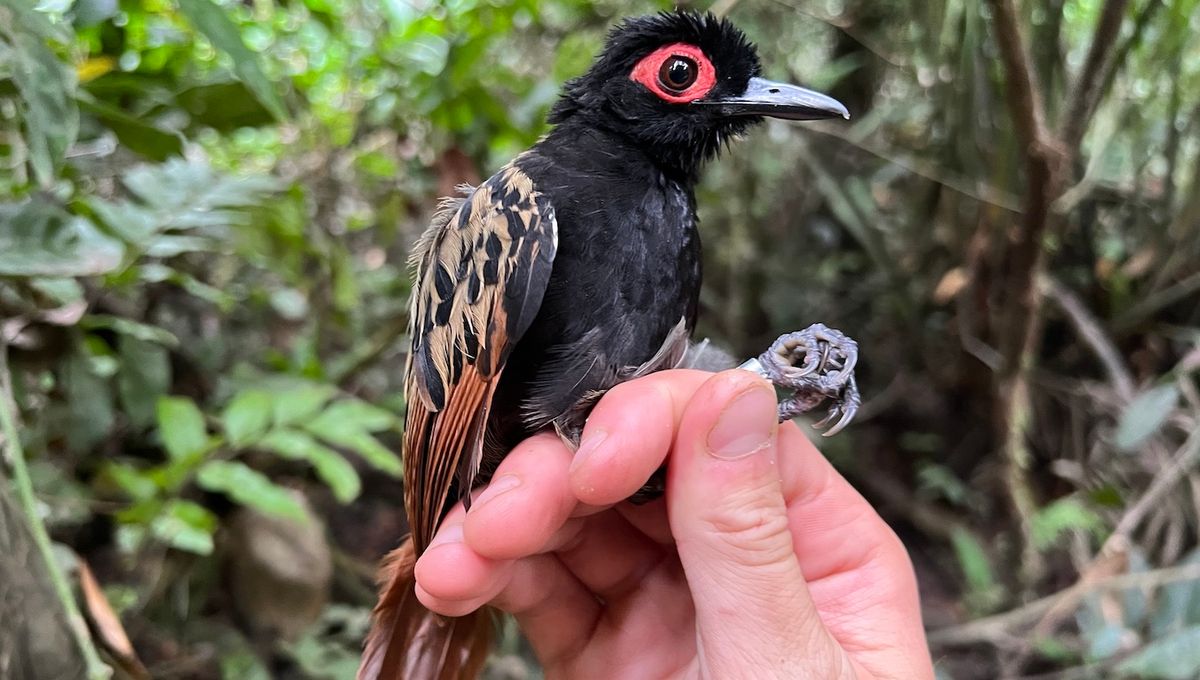
The tropical regions of our planet are home to a plethora of colorful and unusual bird species, but our vibrant friends may be in danger. A new study has uncovered some of the highest-ever concentrations of mercury found in tropical birds. The source? Gold mining.
Until now, little was known about mercury pollution in the tropics. An international team of researchers sought to change that, analyzing 2,316 blood and feather samples from 322 bird species living across Central America, South America, and the West Indies.
The team discovered the highest-ever concentrations of mercury found in tropical songbird species – one green kingfisher even had 30 times the safe amount. High levels were also found in tropical carnivorous and aquatic bird species; in the former, the researchers put this down to mercury accumulation along the food chain, and in the latter, the collection of mercury in riverbeds.
But where did all this mercury come from? It can occur naturally, spat out by volcanoes and rocks in geologically active areas of the tropics. However, in this case, the likely source was small-scale, or artisanal gold mining – this type of mining is the largest source of mercury pollution in the world.
“The most important finding of our study was that mercury concentrations were nearly four times higher at sites impacted by artisanal and small-scale gold mining activities,” said Chris Sayers, lead author of the study, in a statement.
Mercury is used in gold mining as a quick way to access hard-to-reach, tiny particles of gold, as it can bind to the desired metal. When these lumps of amalgam are heated, the mercury is vaporized, leaving only the gold. The mercury vapor either goes into the ground, seeps into water, or goes into the atmosphere.
In their paper, the researchers describe mercury as “a persistent pollutant that adversely impacts environmental, animal, and public health on a global scale.” In tropical birds, high mercury levels can affect their immune system, making them more susceptible to disease. As tropical birds are often an indicator of overall ecosystem health, the findings in the study suggest that mercury levels could be high in other species too, including humans – who also experience toxic effects – living near gold mining operations.
As such, it’s worth considering if it’s really necessary to use mercury in gold mining in the first place. According to the researchers, the miners argue that it is, as it makes the process quicker and more efficient. Artisanal gold mining can also be an important part of the economy in small tropical communities.
However, co-author of the study Claudia Vega said that these communities should be informed about the environmental damage caused by gold mining, although more research is needed. This study involved local researchers, an approach that could help to guide these key conversations.
“This research serves as a wakeup call for bird conservation in the neotropics while also demonstrating the efficacy of thoughtful and equitable collaboration with local stakeholders,” Sayers concluded.
The study is published in Ecotoxicology.
Source Link: Gold Mining Likely To Blame For Toxic Mercury Levels In Tropical Birds